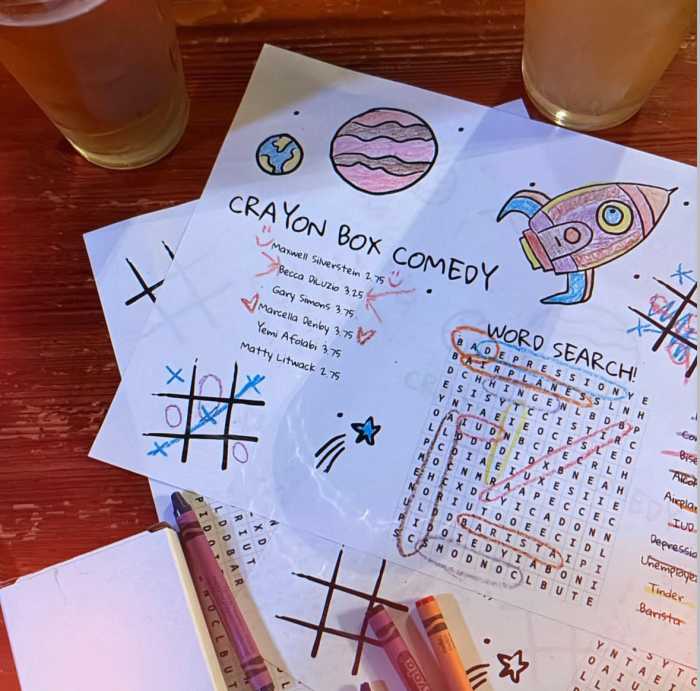On April 3, following a long legislative journey, New York State approved licenses to open recreational cannabis dispensaries in Brooklyn – to the joy of weed smokers borough-wide.
While the campaign to legalize recreational cannabis dispensaries in the borough was a lengthy one, the legalization of dispensaries serendipitously coincides with April 20, the unofficial holiday dedicated to the consumption of cannabis. Ahead of “4/20,” even the most seasoned of smokers interested in legally and safely partaking in the festivities should be aware of what exactly they are consuming and those new to the game should learn a little more about the herb before participating.
What is cannabis?
Cannabis or marijuana; also known by its plethora of colloquial names like weed, pot, grass and more, is a plant-based drug that contains the psychoactive chemical tetrahydrocannabinol (THC) and cannabinol (CBD.)
Both THC and CBD can be found in the cannabis plant, particularly in the flower that grows on the plant’s iconic leaves. The flower is what is dried and processed for consumption.
What is THC?
When it comes to smoking weed, most people associate the experience with a high that makes the user often feel euphoric and relaxed. Other commonly reported effects of a THC high include differences in sensory perception like heightened senses in smell, sound, sight and taste.
According to one Colorado cannabis grower and manufacturer — who preferred to remain anonymous — THC is the chemical in weed that “makes people think of [a high] like in Cheech and Chong”, or act in the stereotypical “stoner” fashion.
According to the World Health Organization, when cannabis is consumed through inhalation, the smoke which carries the THC enters the bloodstream through blood vessels in the lungs which then travel to the brain to deliver the psychological and physiological symptoms of this high.
Similar effects can be achieved by eating food that has been prepared with marijuana.
However, THC isn’t always appealing to everyone as some less pleasant side effects include anxiety, increased heart rate, panic, nausea, vomiting and in some extreme cases temporary acute psychosis.
What is CBD?
CBD is another chemical that is found in the cannabis plant, but in varying levels. In all marijuana plants, THC percentage signifies the milligrams of the chemical found per gram of dry weight product. The same methodology applies to the calculation of CBD percentage found in weed. Brooklyn’s first medical marijuana dispensary — which stocked predominantly hemp-based products — opened to eligible patients in 2019.
After THC, CBD is the second most active ingredient in marijuana and does not elicit the same psychoactive effects THC does. While CBD is found in regular cannabis plants as well, the CBD found in dispensaries or even local specialty grocery store usually comes from a similar and related plant, hemp.
The hemp plant is often referred to as the sibling or cousin of the cannabis plant, and in recent years has seen a similar growth in national popularity as its weedy cousin due to the many purported health benefits the CBD it produces has.

CBD can be inhaled, ingested orally or used topically and has been studied as potential treatment options for many illnesses and physical afflictions and has shown promising results in childhood epilepsy syndromes such as Dravet syndrome and Lennox-Gastaut syndrome neither of which typically successfully respond to other traditional anti-seizure medication.
CBD can be ingested orally or used topically for a multitude of benefits.
Other potential studies for medical uses for CBD that have shown promising results include studies on the chemical’s effect on anxiety and insomnia and especially with chronic pain.
According to the Colorado cannabis grower who spoke with Brooklyn Paper, CBD products tend to be more popular with older clients who may have some apprehension to consuming cannabis, but still want to experiences the benefits like pain relief that CBD may offer.
Which is for me, CBD or THC?
If you are looking to enjoy the effects of euphoria and the high usually associated with marijuana use, cannabis products with higher percentages of THC are what you’re looking for. If pain management or general anxiety relief is more what you’re after and you are not interested in being intoxicated, products with solely CBD are probably more up your alley.
“I find that more and more people are sort of being desensitized or maybe destigmatized to the idea of consuming cannabis,” the Colorado manufacturer said. “Now it’s older folks who are asking about things like CBD gummies or even [CBD] flower. Like they want the benefits of what they might’ve smoked as teenagers and aren’t scared of the judgment anymore.”

























